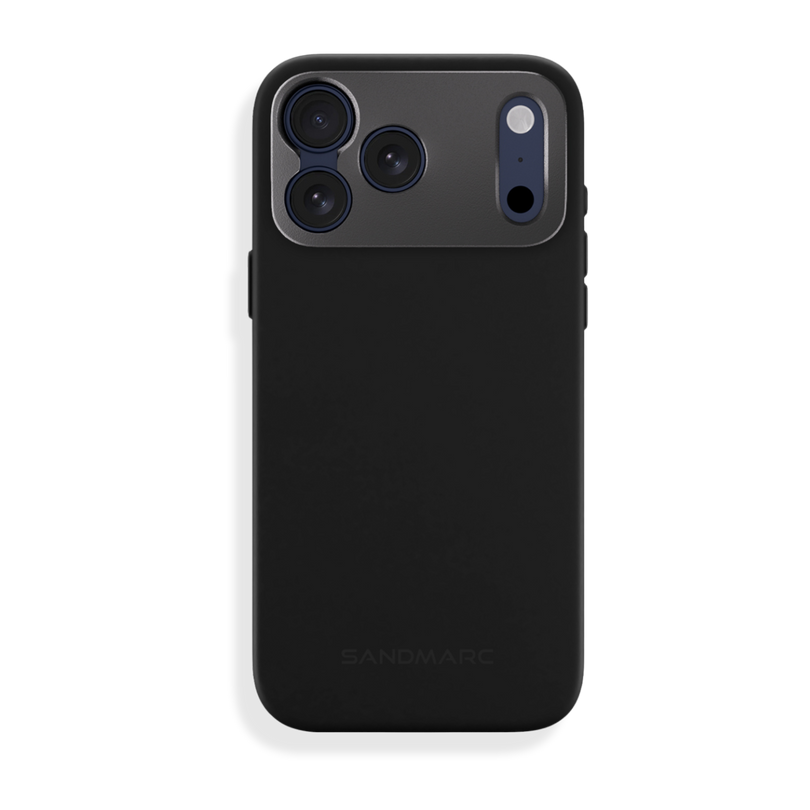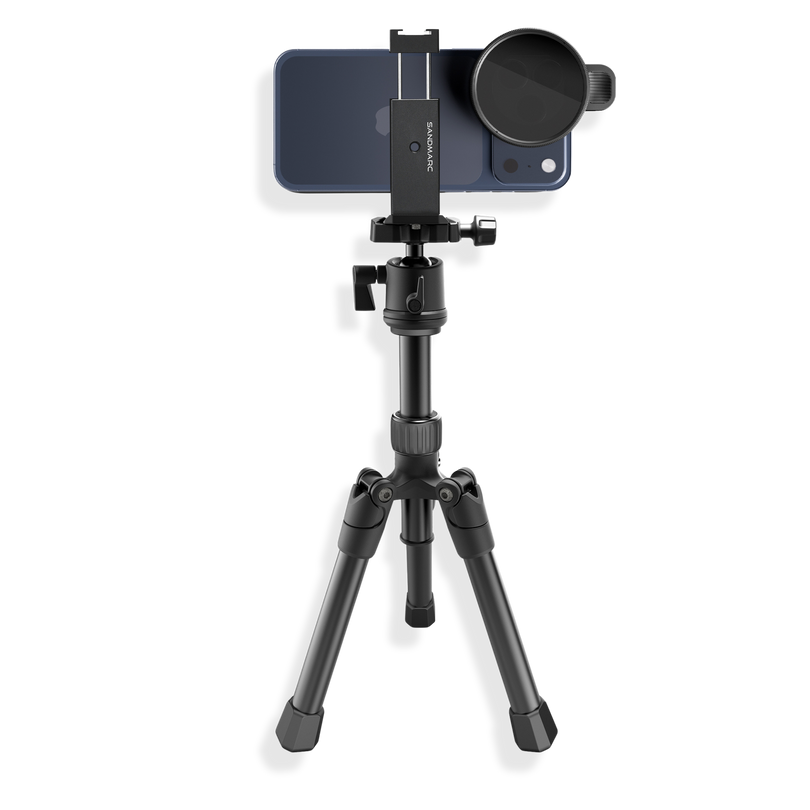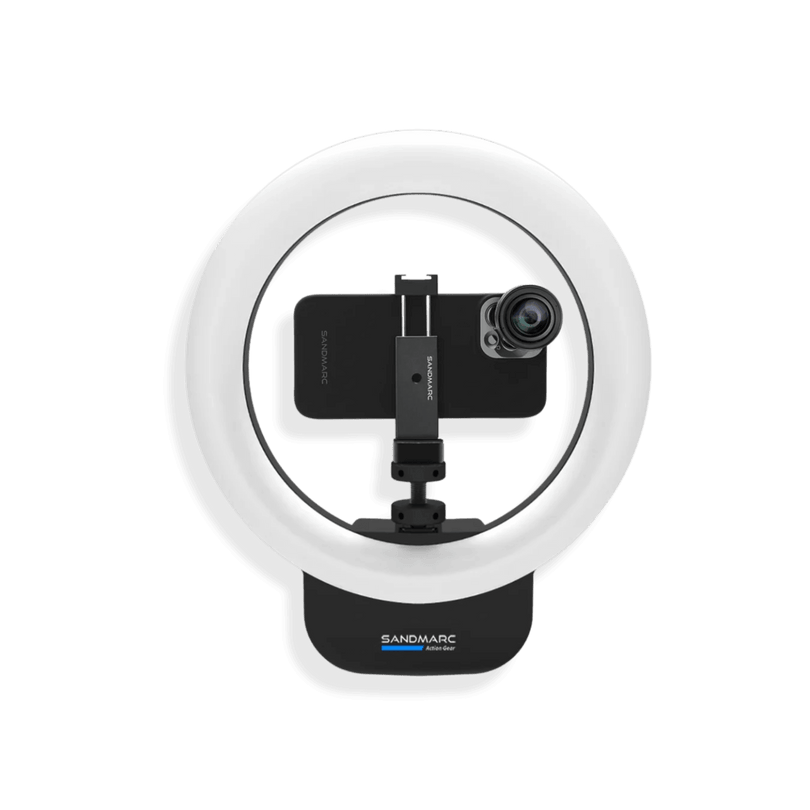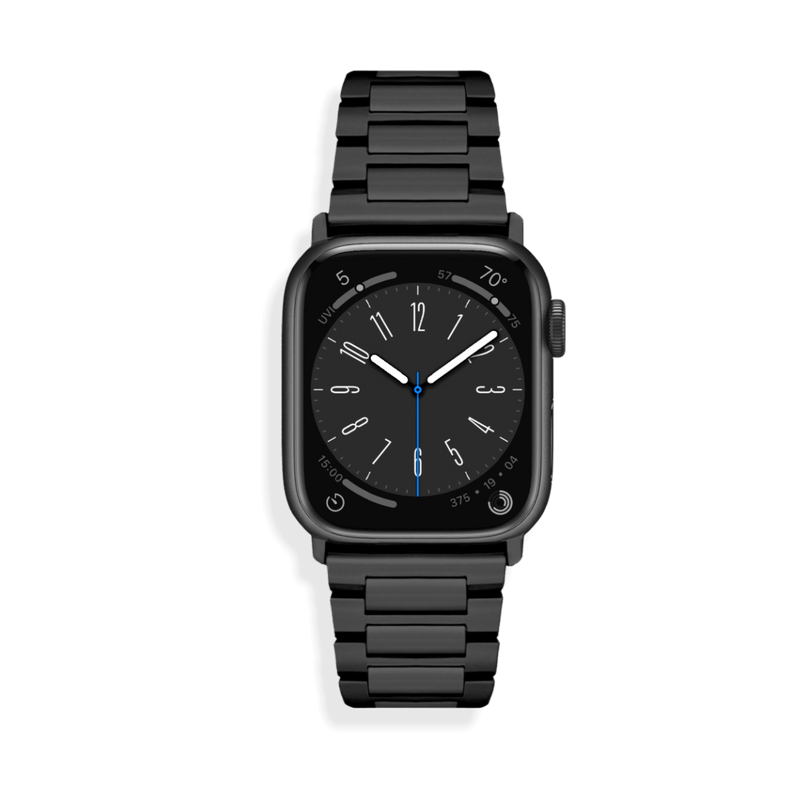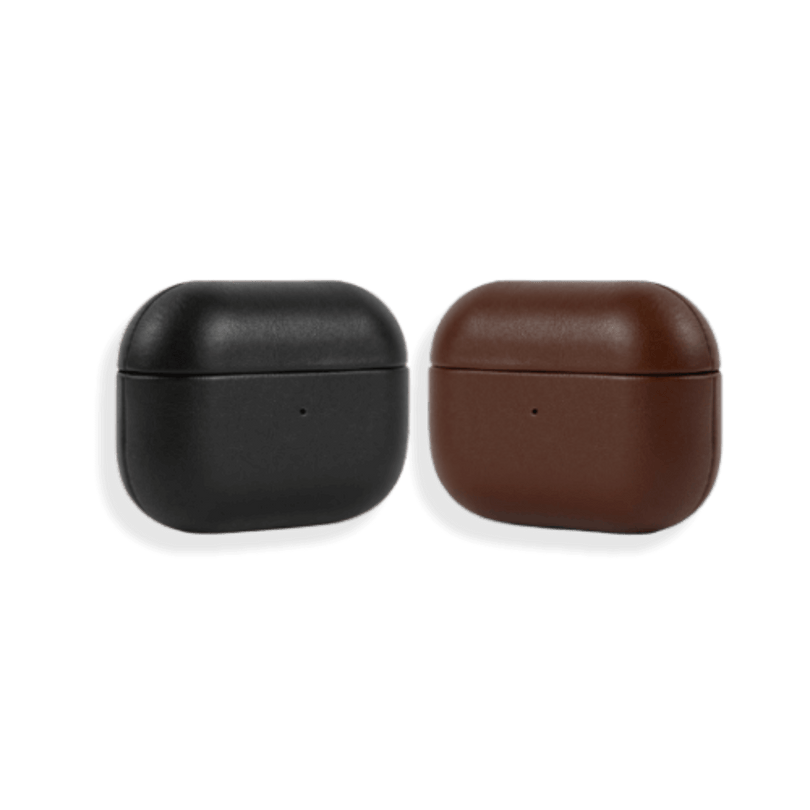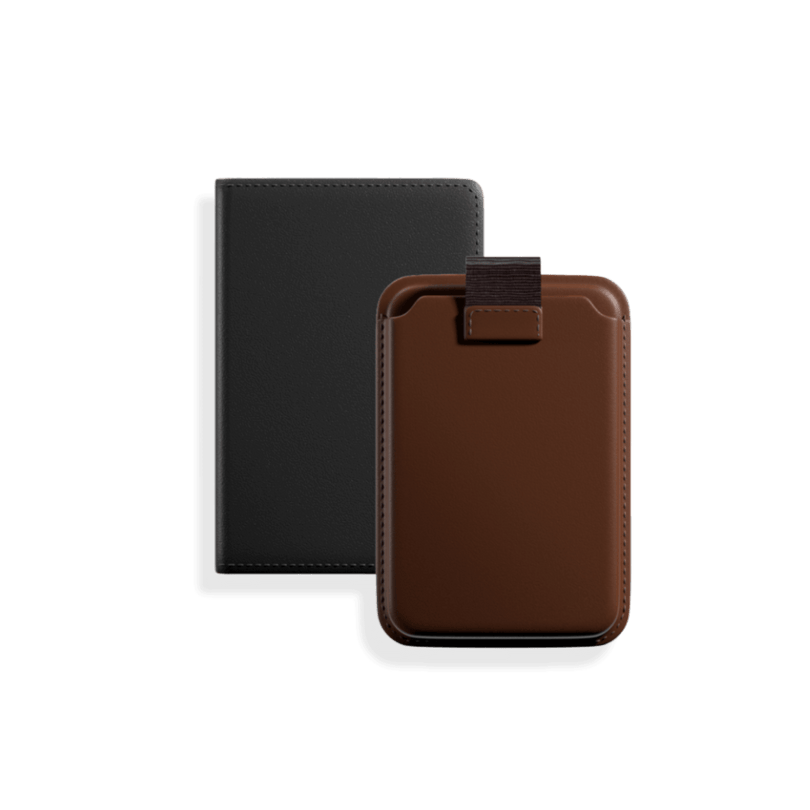iPhone Xs New Camera Features
The impressive advancements in iPhone photography have made Apple the industry benchmark for quality. This week they took an even bigger leap with the unveiling of the iPhone XS, XS Max, and iPhone XR.
The camera power is backed by what Apple is calling their A12 Bionic chip, with next-generation Neural Engine, that apparently performs five trillion operations per second. What does this mean for photographs? In short, it means powerful, lighting quick processing. Pointing and shooting offers you very impressive results. In fractions of a second, the phone automatically calibrates white balance, high dynamic range, exposure, focus, noise reduction, local tone mapping, face detection, and more — giving you a clean and balanced image.
The camera power is backed by what Apple is calling their A12 Bionic chip, with next-generation Neural Engine, that apparently performs five trillion operations per second. What does this mean for photographs? In short, it means powerful, lighting quick processing. Pointing and shooting offers you very impressive results. In fractions of a second, the phone automatically calibrates white balance, high dynamic range, exposure, focus, noise reduction, local tone mapping, face detection, and more — giving you a clean and balanced image.

So what are some of the new features that harness the power of this new processing chip?
1. Smart HDR
Previous iterations of the iPhone had auto HDR (high dynamic range) which balances out the highlights and shadows. The new iPhones have Smart HDR which features improved algorithms, faster sensors, and enhanced ISP (image signal processor), all resulting in more details in the highlights and lowlights. This applies to both the front and rear camera.

2. Bokeh and Depth Control
Since the introduction of portrait mode, we’ve been able to take photos with compelling background blur, or bokeh. However, since the camera’s hardware can’t adjust aperture, that effect is digital, rather than a true optical effect. The latest iPhone’s haven’t changed their hardware, but the software and processing is different, allowing you to adjust the amount of bokeh that appears in the background (after you’ve taken the shot). Think of it like adjusting the intensity of a filter on Instagram.

3. Better portrait selfies
The front camera has added the same Bokeh and Depth Control as the rear camera. Being able to adjust bokeh takes your portrait selfies to the next level.

4. Enhanced low-light ability
By increasing the depth and size of each pixel, you’re able to improve the fidelity of the image by letting more light into the sensor. This results in clearer, less noisy pictures in low-light situations.

5. Sharper action shots
Taking action shots with an iPhone doesn’t always work out. The shutter can stall, and the sensors aren’t as fast as a DSLR. However, the combination of a new processing chip, smart HDR, and faster sensors, offer zero shutter lag, letting you freeze objects in motion.

6. Extended dynamic range for video
Higher processing speeds and improved low-light capture allows you to record video with stronger high dynamic range. This applies to both the rear and front cameras.

7. Cinematic video stabilization on the front camera
The rear camera has had video stabilization for a while, but now the front camera keeps your videos looking steady.

Wrapping up
Although most of the hardware is the same, the engine that powers the camera has gotten a powerful upgrade. Overall you can expect a quicker camera, better low-light shots, more control over portraits, and stunning point and shoot photographs.





